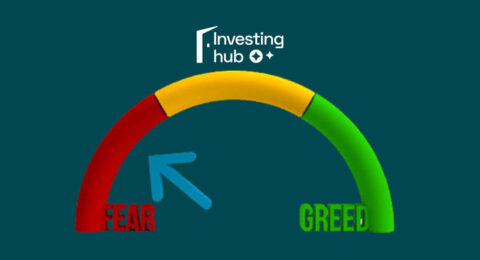What is a Hedging Strategy?
Simply put, when you apply a Hedging strategy, you are looking to minimize the risk to your current investment by opening another investment position that can counteract market volatility. It’s like wearing an extra jacket on a chilly day.
Specifically, in the financial world, we often use derivative instruments such as options, swaps, futures contracts, and forward contracts to execute hedging. These tools allow you to “bet” in the opposite direction of your original investment, helping to balance the risk if the market moves unfavorably.
Suppose you own shares of company A and worry about a future decline in its value. To protect your capital, you might buy a put option for that stock. If the stock price falls, the value of the put option will increase, helping you mitigate the loss.
Most importantly, the Hedging strategy is not always about making a profit, but mainly about protecting assets from unwanted risks. It’s like buying insurance for your house or car. I like to think of it as a protective barrier, keeping your assets safe from the uncertainties of the market.
Pros and Cons of Hedging Strategy
Starting with the advantages, the Hedging strategy acts like an umbrella for your assets against the storm of the market. It significantly reduces risk. When the market is unstable, using Hedging can be a lifesaver, keeping your assets from suffering heavy losses. That’s why many investors consider it an indispensable part of their investment strategy.
However, nothing is perfect. One of the biggest disadvantages of Hedging is the associated cost. Sometimes, setting up an effective Hedging system can be expensive, especially when using derivative instruments like options or futures. These costs can erode the profits you expect from your investment.
Moreover, Hedging requires a deep understanding of the market and financial instruments. This means it’s not always suitable for individual investors, especially those new to the market. If not careful, improper application can lead to the opposite effect, increasing rather than decreasing risk.
Types of Hedging in Forex Trading
First, we have the Futures Contract. This is a contract made between two parties to buy or sell an asset at a predetermined price and time. In forex trading, futures contracts allow you to “lock in” a future exchange rate, helping you avoid risk from exchange rate fluctuations.
Next is the Forward Contract. Similar to futures contracts but non-standardized and not traded on an exchange, forward contracts allow two parties to agree to buy or sell an asset at a specific price on a future date, offering more flexibility in managing exchange rate risk.
Lastly, we cannot forget about the Money Markets. This market includes short-term buying, selling, lending, and borrowing activities, with terms not exceeding one year. By using money market products, investors can protect themselves from interest rate volatility, thereby indirectly safeguarding the value of their forex investments.
Each type of Hedging has its own advantages and disadvantages. For example, futures and forward contracts provide price certainty but lack the flexibility of money market products. Choosing the right type of Hedging depends on specific needs and investment strategy. For me, understanding each type and knowing how to apply them flexibly in forex trading is the key to success and minimizing risk in this volatile investment world.
Common Hedging Strategies

When it comes to Hedging strategies in investment, there are a variety of methods that investors can apply to protect their capital. Each strategy has its own unique characteristics, suitable for different investment objectives and situations. Let’s explore some common Hedging strategies that you might consider applying.
First, we have Diversification. The saying “never put all your eggs in one basket” still holds true, even in finance. Diversification involves allocating capital across different asset types, not moving in a uniform direction. The goal is to balance or minimize losses when one part of the portfolio declines, other assets can increase in value.
Next is the Arbitrage strategy. This strategy is based on buying a product and immediately selling it on another market for a higher price, thus earning a small but stable profit. This strategy is often used in the stock and forex markets, exploiting price differences between markets.
The Average Down strategy is also popular among stock investors. When the price of a stock they previously bought drops significantly, they buy more shares at a lower price. This approach helps to lower the average cost of the total shares owned, and when the stock price rises again, the profit from the second purchase can help offset some of the losses from the first purchase.
Finally, the Staying in Cash strategy is a simple but effective method. Keeping a portion of capital in cash gives investors the flexibility to react to the market and protect their capital from negative fluctuations.
Each Hedging strategy has its own advantages and limitations. Therefore, choosing and flexibly combining these strategies based on specific market conditions and personal investment objectives can help you optimize benefits and minimize risk most effectively.
Conclusion
To conclude this article, I want to share some personal thoughts on the Hedging strategy. This is not just a part of the investment knowledge I’ve learned, but also a lesson on risk management in life. Hedging not only helps us protect our investments from unforeseeable market fluctuations but also reminds us of the importance of preparation and planning for any situation.









